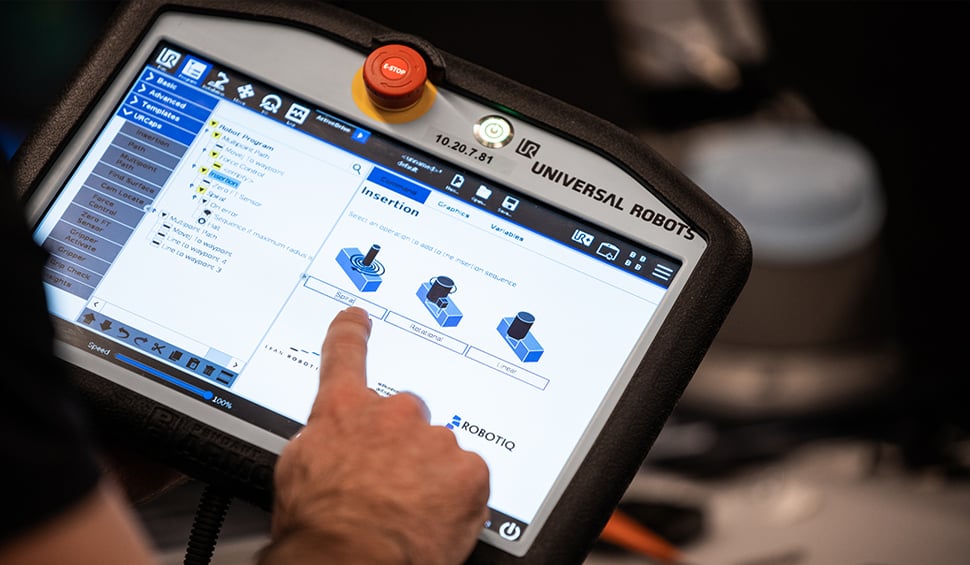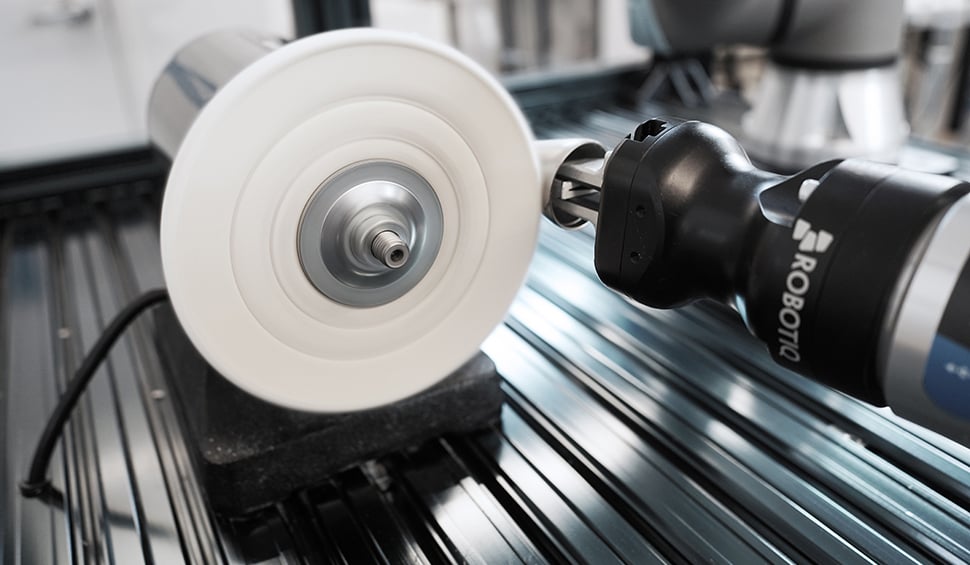What Is a Force Torque Sensor?

Posted on Dec 18, 2017 in Robot Sensors
2 min read time
Today’s robots have a wide range of applications, so it makes sense to introduce more object-sensing capability to them. That is the essence of a force torque (FT) sensor. An FT sensor is a device that is able to feel forces exerted in all directions. This eBook is about the main components and applications of such a sensor. It is divided into six chapters namely, Basic Principles, Functionalities, Applications, Specifications, FT Sensor Bundle for Universal Robots and ROS Package for FT Sensor.
The eBook starts with the definition of a force torque sensor, giving an overview of the machine’s capability. This paragraph is followed by an explanation of the 6-axis concept. After the description and an explanation of how the component senses forces, the eBook goes to the definition of ''Force Torque''.
On functionalities, the eBook details the application of multi-axis capability to the robot. By use of a picture, this section shows that the sensor is located between the tool and the robot arm. Immediately after are three subsections touching on measuring methods, communication and control loop.
The “Applications” section is about force readings and torque readings in regards to their applications. There is a coverage on applications that require force readings, torque readings, and both readings. To explain these applications further, the eBook describes how grinding and polishing applications use the Force Torque Sensor. Other highlighted applications are quality control, assembly and hand guiding.
The fourth section is where anyone looking to understand FT sensor specifications would spend more time. As this eBook reiterates, there is nothing like the best force torque sense. Sensor specifications in relation to specific user needs are the most important considerations. After this argument, the section goes ahead to enumerate several items from the signal and mechanical specifications umbrellas. Signal specifications cover the following:
- Force and torque measuring range
- Precision-resolution
- Precision-accuracy
- Precision-repeatability
- Drift
- Noise level
- Output rate
Mechanical specifications are dimensions, robot fit and weight.
In the fifth section, you will find information on the pairing of universal robots and the FT 300 Force Torque Sensor. Starting with a question on the essence of this pairing, the eBook reiterates the need for precision with Universal Robots when handling specific tasks. The use of this torque sensor adds accuracy to readings and applications. Further, this subsection notes the ease of installing the sensor, thanks to the inclusion of all accessories.
Finally, the eBook presents what it calls the ROS package for FT sensor. The importance of this package is the wide adoption of ROS by leading global academic and research organizations as well as the history of FT sensors in the research world. How do you use an FT sensor in ROS? The question is addressed in this sub-section. As the sensor measures torque and force values, the ROS provides code and develops usable data. All you need is a serial port (RS-485) and a USB port. The eBook reiterates how easy it is to build other robotic applications with the FT 150 Force Torque Sensor, thanks to the ROS package. The ROS makes communications and programming easier.
Have you read the eBook yet? Please share your views.






Leave a comment